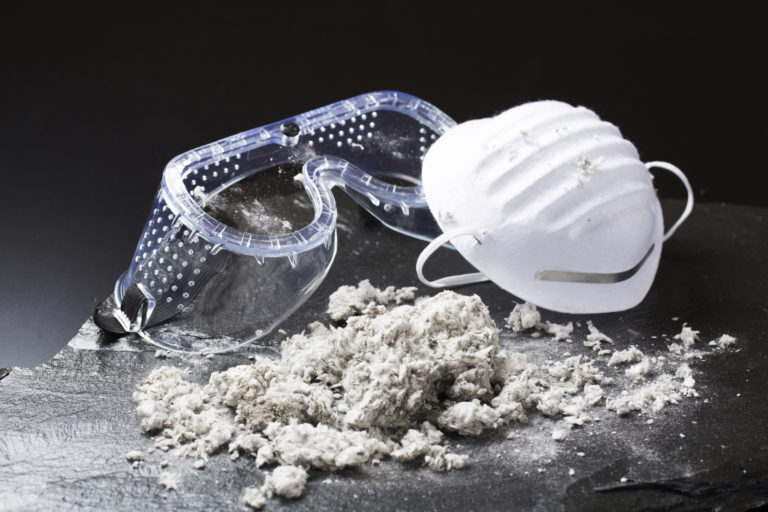The Camp Lejeune water contamination lawsuit refers to the toxic contamination of drinking water at the United States Marine Corps Base, Camp Lejeune in North Carolina. The contamination occurred over several decades, primarily from the 1950s to the 1980s, and resulted in widespread health issues among military personnel, their families, and civilian employees. The main contaminating substances found in the water supply were volatile organic compounds (VOCs), including trichloroethylene (TCE), perchloroethylene (PCE), benzene, and vinyl chloride. These chemicals were derived from various sources, including leaking underground storage tanks and industrial activities on the bas
If you or a loved one worked or were stationed at Camp Lejeune, United States Marine Corps base for a minimum of 30 days, during the time period of August 1, 1953 to December 31, 1987 you might have been exposed to water comprised of deadly chemical substances. It also means that if you or a family member have contracted a serious illness it might be due that exposure. For over 30 years, military personnel, their families, civilian contractors, and vendors possibly bathed in and/or drank poisonous water. It is estimated that during this time period, over one million people came into contact with the water supply. Many have suffered numerous illnesses that have been linked to this deadly toxic exposure.
At Terrell Hogan, we have over 50 years of experience, in assisting individuals both civilian and military who have been injured due to toxic substance exposure while working in all types of industries. Our lead trial attorney, Alan Pickert is a toxic exposure expert dealing with thousands of claims and has received over 100 million dollars in awards and settlements over the last 26 years.
Issues Surrounding the Camp Lejeune Water Contamination Lawsuit
Health Effects: The contaminated water has been linked to numerous health problems, including various types of cancer (such as leukemia, breast cancer, and bladder cancer), birth defects, miscarriages, neurological disorders, and other chronic illnesses. Many individuals and their families have suffered from these conditions and experienced significant physical and emotional hardships.
Government and Military Response: The handling of the contamination issue by the government and the military has been a subject of criticism. Some argue that authorities did not act swiftly enough to address the problem, failed to inform personnel and residents about the risks, and did not provide adequate medical support or compensation for those affected.
Legal Battles: The Camp Lejeune water contamination scandal has led to a series of legal battles seeking justice and compensation for the affected individuals. Lawsuits have been filed against the U.S. government, the Department of Defense, and various private companies believed to be responsible for the contamination. These legal proceedings have faced challenges, including issues related to the statute of limitations and burden of proof.
Environmental Impact: The contamination not only affected the drinking water but also led to the pollution of soil and groundwater in and around the Camp Lejeune area. The long-term environmental impact of the chemicals released into the ecosystem is a concern, requiring ongoing remediation efforts.
Legal Advocacy and Awareness: The scandal has generated significant public attention and advocacy efforts. Organizations and support groups have emerged to raise awareness about the issue, provide assistance to affected individuals, and advocate for improved healthcare, compensation, and legislative measures.
What is Happening Now: There have been recent efforts to address the consequences of the Camp Lejeune water contamination scandal. Starting in 2012, the Janey Ensminger Act was passed, providing healthcare assistance to individuals who resided or worked at Camp Lejeune between 1953 and 1987 and developed one of 15 specified diseases. Additionally, the U.S. Department of Veterans Affairs established a program to provide disability compensation to eligible veterans and their family members. However, the overall resolution and the extent of compensation for those affected by the contamination remain ongoing issues.
Why You Should Consider Terrell Hogan to Handle your Claim?
Regardless of the rumors that abound, and the call for injured parties to file claims, neither the US Navy nor the US Department of Justice has paid on any of the 45,000 claims filed regarding injuries received from the water contamination at Camp Lejeune. This includes the claims that have been filed by the Mass Torts team of Chris Shakib and Alan Pickert, long-time partners of the Terrell Hogan law firm. Now a bipartisan group of senators is calling the delays ridiculous and that the Government needs to move forward to resolve these claims.
The claims and lawsuits were filed by veterans, military personnel, and their families regarding injuries associated with the contamination at Camp Lejeune Marine Corps Base in Jacksonville, North Carolina between 1953 and 1987.
More delay is unacceptable, the lawmakers said and they, like our law firm, want the claims to be resolved for those injured while serving our country.
Here at the law firm of Terrell Hogan, we represent injured service members and their families daily whether they have been injured from asbestos, water contamination, motor vehicle accidents, or medical malpractice. If you have been injured, contact us today at 904 632 2424.
We are here to help you!
Remember. A Fair Settlement is No Accident.




